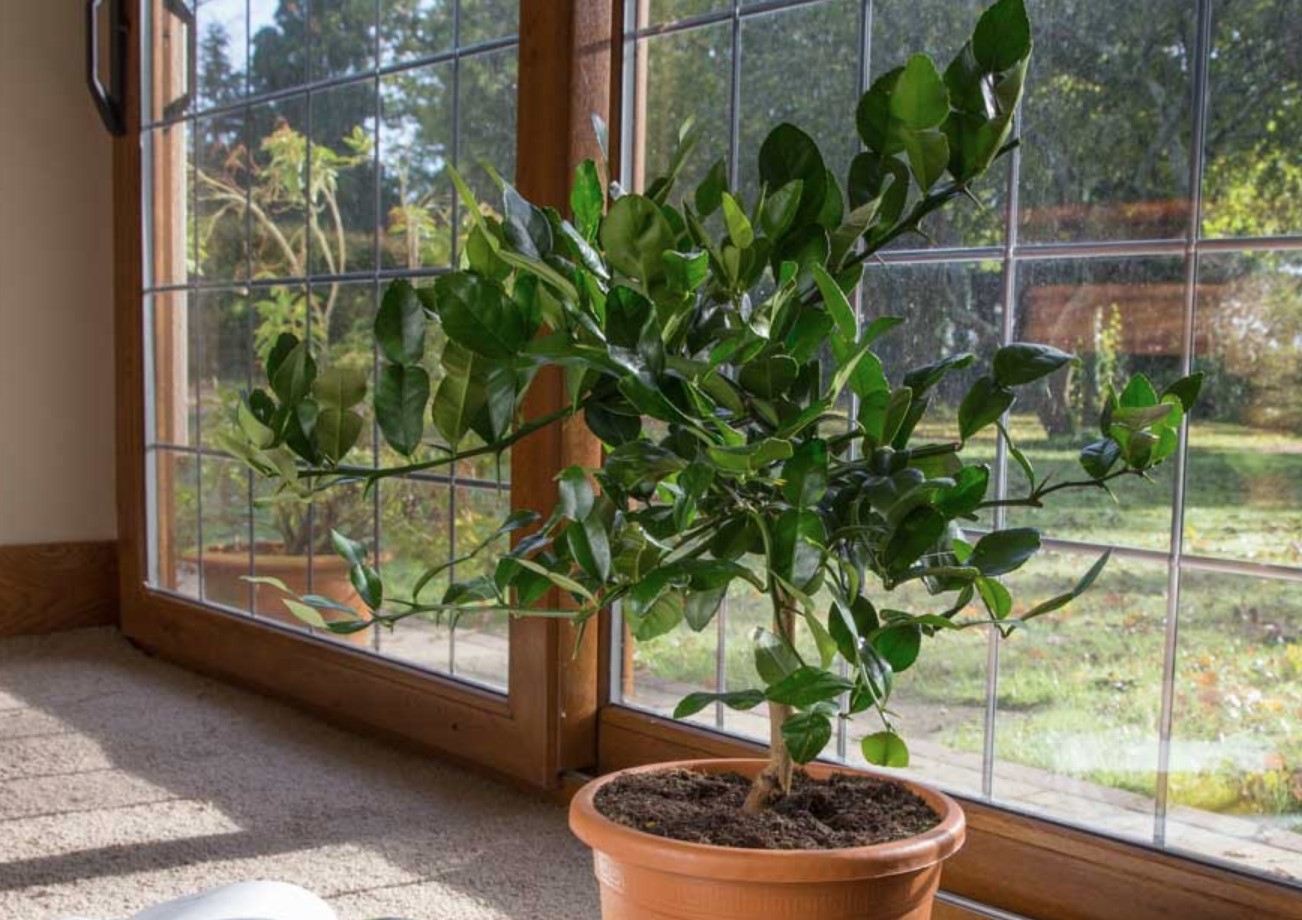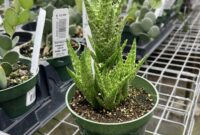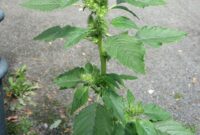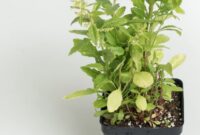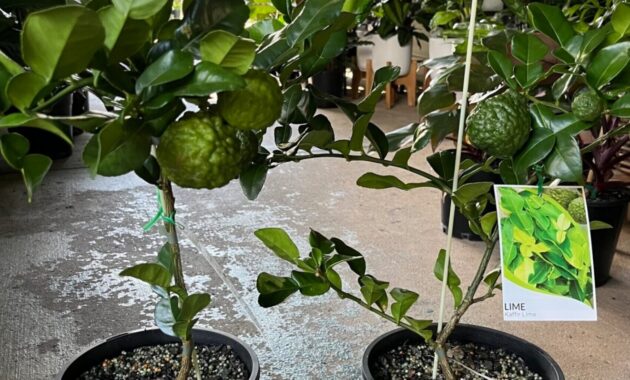
Kaffir lime, a unique citrus fruit with its bumpy, knobby rind, is a culinary treasure prized for its distinctive aroma and flavor. Whether you’re an avid home gardener or a seasoned cook, understanding the care and benefits of this versatile plant can elevate your gardening and culinary experiences.
What is a Kaffir Lime Tree?
Kaffir lime trees, scientifically known as Citrus hystrix, are evergreen shrubs or small trees native to Southeast Asia. They are renowned for their fragrant leaves and fruits, which are commonly used in Thai, Vietnamese, and Indonesian cuisines.
Growing Kaffir Lime Indoors
While Kaffir lime trees thrive outdoors in warm climates, they can also be successfully grown indoors. Here’s how:
- Choose a Pot: Select a pot with drainage holes and fill it with well-draining potting mix.
- Plant the Sapling: Carefully plant your Kaffir lime sapling, ensuring the roots are covered with soil.
- Provide Adequate Light: Place the pot in a sunny location, preferably near a south-facing window.
- Maintain Proper Temperature: Keep the temperature between 65-75°F (18-24°C).
- Water Regularly: Water the plant deeply but allow the soil to dry slightly between waterings.
- Fertilize: Use a balanced liquid fertilizer every 2-3 weeks during the growing season.
Kaffir Lime Plant Leaves Uses
The leaves of the Kaffir lime plant are the most commonly used part. They are known for their intense citrusy aroma and are used in various culinary applications:
- Flavoring Dishes: Kaffir lime leaves are added to curries, soups, stir-fries, and marinades to impart a unique flavor.
- Infusing Beverages: They can be used to infuse tea, cocktails, and other beverages.
- Aromatic Properties: The leaves are often used in aromatherapy for their refreshing scent.
How to Grow a Kaffir Lime Plant
Growing a Kaffir lime plant is relatively easy, especially in warm climates. Here’s a step-by-step guide:
- Choose a Suitable Location: Select a sunny spot with well-draining soil.
- Plant the Sapling: Dig a hole slightly larger than the root ball and plant the sapling.
- Water Regularly: Water the plant deeply, especially during dry periods.
- Fertilize: Apply a balanced fertilizer once or twice a year.
- Prune: Prune the plant to maintain its shape and encourage new growth.
Kaffir Lime Tree Propagation
Kaffir lime trees can be propagated through various methods:
- Seed Propagation: While possible, seed propagation can be time-consuming and may not produce plants identical to the parent plant.
- Cuttings: This is the most common method of propagation. Take stem cuttings and root them in a well-draining medium.
- Air Layering: This technique involves rooting a branch while it’s still attached to the parent plant.
Kaffir Lime Plant in Pots
Growing Kaffir lime plants in pots is a great option for those with limited space or colder climates. Here are some tips:
- Choose the Right Pot: Select a pot with drainage holes and ensure it’s large enough for the plant’s roots.
- Use Well-Draining Soil: A well-draining potting mix is essential to prevent root rot.
- Provide Adequate Sunlight: Place the pot in a sunny location or use grow lights.
- Monitor Water and Fertilizer: Water regularly and fertilize during the growing season.
Kaffir Lime Plant Growing Conditions
Kaffir lime trees thrive in warm, humid climates. They prefer full sun but can tolerate partial shade. Here are the ideal growing conditions:
- Temperature: 65-85°F (18-30°C)
- Humidity: High humidity levels
- Soil: Well-draining, slightly acidic soil
- Water: Regular watering, especially during dry periods
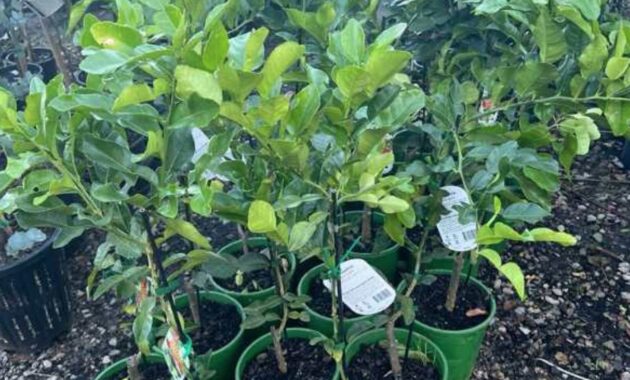
Kaffir Lime Plant Maintenance
Proper maintenance is crucial for healthy Kaffir lime plants. Here are some essential tips:
- Pruning: Prune the plant regularly to remove dead or damaged branches and shape it.
- Fertilizing: Fertilize with a balanced fertilizer during the growing season.
- Pest and Disease Control: Monitor for pests like scale insects and mealybugs. Treat infestations promptly.
- Winter Protection: In colder climates, protect the plant by bringing it indoors or covering it with frost-protective fabric.
Kaffir Lime Plant Nutrition
Proper nutrition is essential for the health and vitality of your Kaffir lime plant. Here are some key nutrients to consider:
- Nitrogen: Promotes leaf growth and overall plant health.
- Phosphorus: Enhances root development and flowering.
- Potassium: Improves fruit quality and disease resistance.
- Calcium: Prevents nutrient deficiencies and strengthens cell walls.
- Magnesium: Essential for chlorophyll production and photosynthesis.
You can provide these nutrients through regular fertilization with a balanced liquid fertilizer.
Kaffir Lime Plant Outdoors
If you live in a warm climate, you can grow Kaffir lime trees outdoors. Here are some tips for outdoor cultivation:
- Choose a Sunny Location: Select a spot that receives plenty of sunlight.
- Prepare the Soil: Ensure the soil is well-draining and rich in organic matter.
- Plant the Sapling: Dig a hole slightly larger than the root ball and plant the sapling.
- Water Regularly: Water deeply, especially during dry periods.
- Mulch: Apply a layer of mulch to conserve moisture and suppress weeds.
Kaffir Lime for Cooking
Kaffir lime leaves and fruits are widely used in Southeast Asian cuisine. Here are some popular culinary uses:
- Flavoring Dishes: Add Kaffir lime leaves to curries, soups, stir-fries, and marinades.
- Infusing Beverages: Use the leaves to infuse tea, cocktails, and other beverages.
- Zesting: Zest the fruit to add a citrusy flavor to desserts and baked goods.
- Juicing: Juice the fruit to create a tangy and aromatic juice.
Kaffir Lime Plant Diseases
Kaffir lime plants are susceptible to various diseases, including:
- Citrus Canker: A bacterial disease that causes lesions on leaves and fruit.
- Citrus Greening: A serious disease that affects the plant’s ability to produce fruit.
- Fungal Diseases: Diseases like powdery mildew and sooty mold can affect the plant’s health.
To prevent diseases, practice good hygiene, avoid overwatering, and use fungicides as needed.
Kaffir Lime Plant Pruning Tips
Pruning is essential for maintaining the shape and health of your Kaffir lime plant. Here are some pruning tips:
- Timing: Prune during the dormant season, typically in late winter or early spring.
- Remove Dead or Damaged Branches: Cut away any dead, diseased, or crossing branches.
- Shape the Plant: Prune to maintain the desired shape and size.
- Thinning: Remove excess branches to improve air circulation and light penetration.
Kaffir Lime Plant Repotting
Repotting your Kaffir lime plant is necessary when it becomes root-bound. Here’s how to repot it:
- Choose a Larger Pot: Select a pot that is 2-3 inches larger than the current one.
- Prepare the New Pot: Fill the pot with fresh, well-draining potting mix.
- Remove the Plant: Gently remove the plant from its current pot.
- Loosen the Roots: Carefully loosen the roots to encourage new growth.
- Plant the Tree: Place the plant in the new pot and fill in with fresh potting mix.
- Water Thoroughly: Water the plant thoroughly to settle the soil.
Kaffir Lime Tree Leaves Medicinal Properties
Kaffir lime leaves have been used in traditional medicine for centuries. They are believed to have various medicinal properties, including:
- Antioxidant Properties: Protect cells from damage caused by free radicals.
- Anti-inflammatory Properties: Reduce inflammation and pain.
- Antimicrobial Properties: Fight against bacteria and fungi.
- Digestive Benefits: Aid in digestion and relieve indigestion.
Kaffir Lime Essential Oil Uses
Kaffir lime essential oil is extracted from the leaves and fruit of the plant. It is widely used in aromatherapy and has numerous benefits:
- Stress Relief: Reduces stress and anxiety.
- Pain Relief: Alleviates muscle and joint pain.
- Skin Care: Improves skin health and reduces acne.
- Hair Care: Promotes hair growth and strengthens hair follicles.
Best Soil for Kaffir Lime Plant
A well-draining soil mix is ideal for Kaffir lime plants. Here’s a recommended soil mix:
- Potting Mix: A high-quality potting mix that is well-draining and rich in organic matter.
- Outdoor Soil: A well-draining soil with a slightly acidic pH.
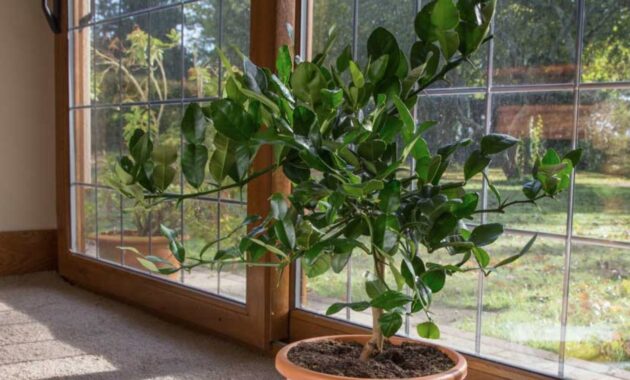
How to Harvest Kaffir Lime Leaves
To harvest Kaffir lime leaves, simply pluck them from the plant as needed. You can use the entire leaf or tear off individual leaflets.
Kaffir Lime Tree Height and Size
Kaffir lime trees typically grow to a height of 6-10 feet (1.8-3 meters) and a width of 4-6 feet (1.2-1.8 meters). However, their size can vary depending on the specific cultivar and growing conditions.
Conclusion
Kaffir lime trees are versatile plants that can add a touch of exotic flavor to your home and kitchen. With proper care and attention, you can enjoy the beauty and benefits of these unique citrus trees. Whether you’re growing them indoors or outdoors, remember to provide adequate sunlight, water, and nutrients.
FAQs
- Can I eat Kaffir lime fruit?
While the fruit is technically edible, it is quite sour and often used for medicinal purposes rather than culinary applications. - How often should I fertilize my Kaffir lime plant?
Fertilize your Kaffir lime plant every 2-3 weeks during the growing season with a balanced liquid fertilizer. - Can I propagate my Kaffir lime plant from seed?
Yes, you can propagate Kaffir lime plants from seeds, but it is a slower process compared to cuttings or air layering. - How do I know if my Kaffir lime plant is getting enough water?
Check the soil moisture by inserting your finger about an inch deep. If the soil feels dry, it’s time to water. - What are some common pests and diseases that affect Kaffir lime plants?
Common pests include scale insects, mealybugs, and aphids. Common diseases include citrus canker and citrus greening.
